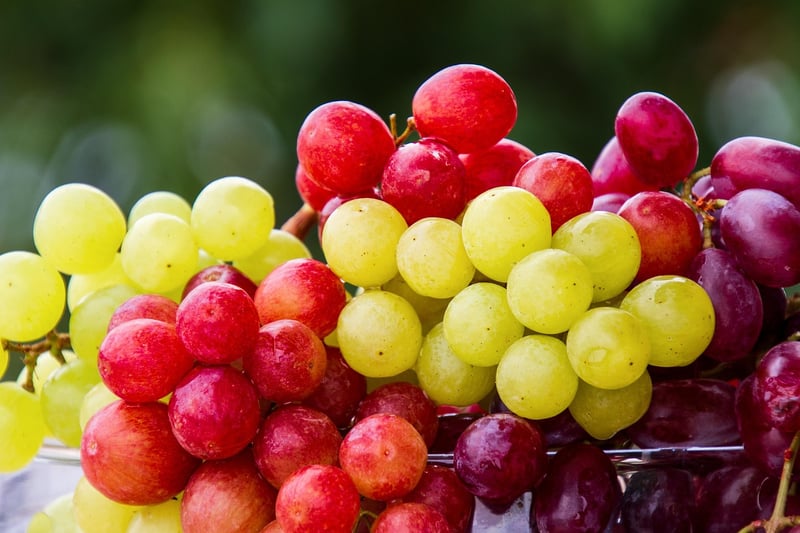Crossbreeding Techniques
Exploring Genetic Variations and Crossbreeding Techniques
Genetic variations and crossbreeding techniques play a crucial role in shaping the characteristics and traits of living organisms. By understanding these concepts, breeders can develop new varieties with desired traits, improve resistance to diseases, and enhance overall productivity. Let's delve into the world of genetic variations and crossbreeding techniques to see how they impact the diversity and sustainability of various species.
Genetic Variations
Genetic variation refers to the differences in DNA sequences among individuals within a population or species. These variations are the result of mutations, genetic recombination, and gene flow. They are essential for species evolution and adaptation to changing environments.
Types of Genetic Variations:
- Single Nucleotide Polymorphisms (SNPs)
- Insertions and Deletions (Indels)
- Duplications and Deletions of DNA segments
- Chromosomal rearrangements
Crossbreeding Techniques
Crossbreeding involves mating individuals from different breeds or species to produce offspring with specific traits. This technique is widely used in agriculture, horticulture, and animal breeding to introduce new traits or improve existing ones.
Common Crossbreeding Techniques:
- Inbreeding: Mating closely related individuals to concentrate desirable traits.
- Outbreeding: Mating unrelated individuals to introduce genetic diversity.
- Hybridization: Crossing genetically distinct individuals to create hybrids with combined traits.
- Backcrossing: Crossing hybrid offspring with one of the parental lines to reinforce specific traits.
By leveraging genetic variations and crossbreeding techniques, breeders can develop sustainable and resilient plant and animal varieties that meet the demands of modern agriculture and contribute to global food security.

Image source: Pixabay

Image source: Pixabay
